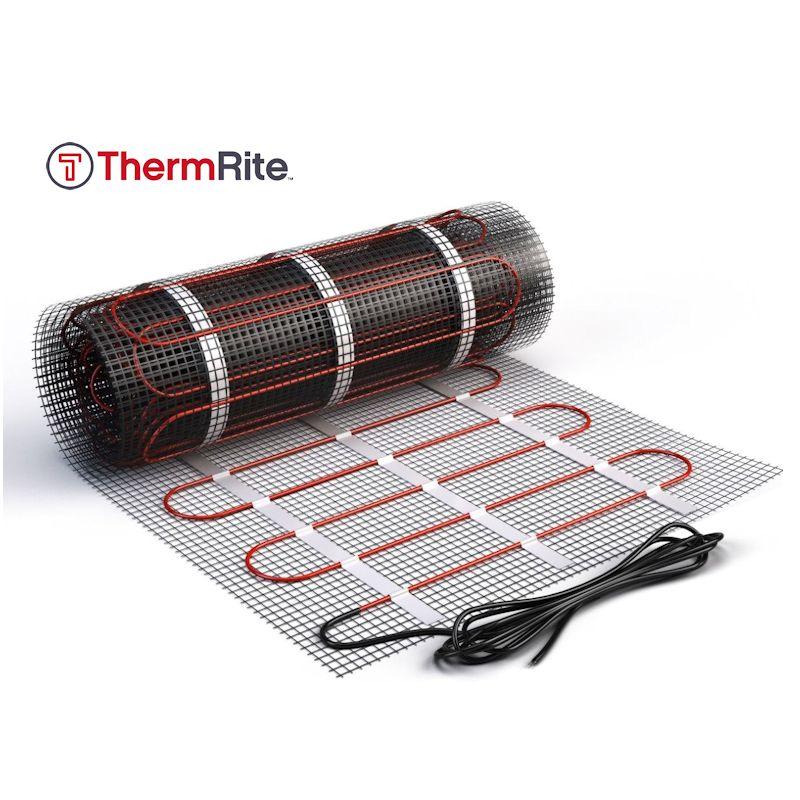Underfloor heating has gained popularity in recent years as an efficient and cost-effective way to warm up homes, but can it truly reduce energy bills? In this essay, we will explore the benefits and drawbacks of underfloor heating systems and analyse whether they have the potential to lower energy consumption and, consequently, decrease energy bills. Although underfloor heating systems are known for their efficiency and ability to provide consistent warmth throughout a space, other factors such as installation costs, insulation, and personal usage habits also play a significant role in determining energy savings.
First and foremost, underfloor heating is often considered more efficient compared to traditional central heating systems. This is because underfloor systems distribute heat evenly across the entire floor area, resulting in a comfortable and consistent temperature throughout the room. Unlike radiators, which tend to create hot and cold spots, underfloor heating systems provide a more balanced heat, eliminating the need to continually adjust the thermostat. By maintaining a steady temperature, underfloor heating reduces the frequency of heating cycles and minimises energy wastage, which translates into potential savings on energy bills.
Moreover, underfloor heating can be combined with energy-efficient heat sources, such as air or ground-source heat pumps. These systems utilise renewable energy from the environment and can significantly reduce the carbon footprint associated with heating. By utilising sustainable energy sources, underfloor heating reduces reliance on fossil fuels, which not only contributes to environmental preservation but also leads to long-term financial savings as energy costs continue to rise.

However, it is important to note that the overall effectiveness of underfloor heating in reducing energy bills depends on various factors. For instance, installation costs can be considerably higher compared to traditional heating systems. Retrofitting an existing property with underfloor heating may require floor removal and rewiring, resulting in increased labour and material expenses. Consequently, the upfront investment in underfloor heating can be a deterrent for some homeowners, potentially offsetting the long-term energy savings.
Additionally, the insulation quality of a property plays a major role in determining the energy efficiency of underfloor heating systems. Insufficient insulation can result in heat loss through walls and floors, leading to increased heating needs and higher energy consumption. Therefore, it is crucial to address insulation standards when considering underfloor heating as an energy-saving solution. Through proper insulation, the potential energy savings of underfloor heating systems can be fully realized.
Lastly, personal usage habits play a significant role in determining energy savings. Even with an efficient underfloor heating system, individuals may negate any potential reductions in energy bills by keeping the thermostat unnecessarily high or leaving doors and windows open. It is essential for users to practice energy-conscious habits, such as closing doors, using zoning controls effectively, and utilising thermostat timers, to maximise the benefits brought by underfloor heating.

In conclusion, underfloor heating has the potential to reduce energy bills through its efficiency and the integration of renewable energy sources. While the initial installation costs and insulation requirements might pose a financial challenge, the long-term benefits can outweigh these obstacles. However, individual behaviours and habits equally contribute to the overall effectiveness of underfloor heating systems in energy savings. To fully exploit the potential of underfloor heating to reduce energy bills, homeowners must combine the installation of an efficient system with appropriate insulation, utilisation of renewable energy sources, and adopting energy-conscious lifestyles.



